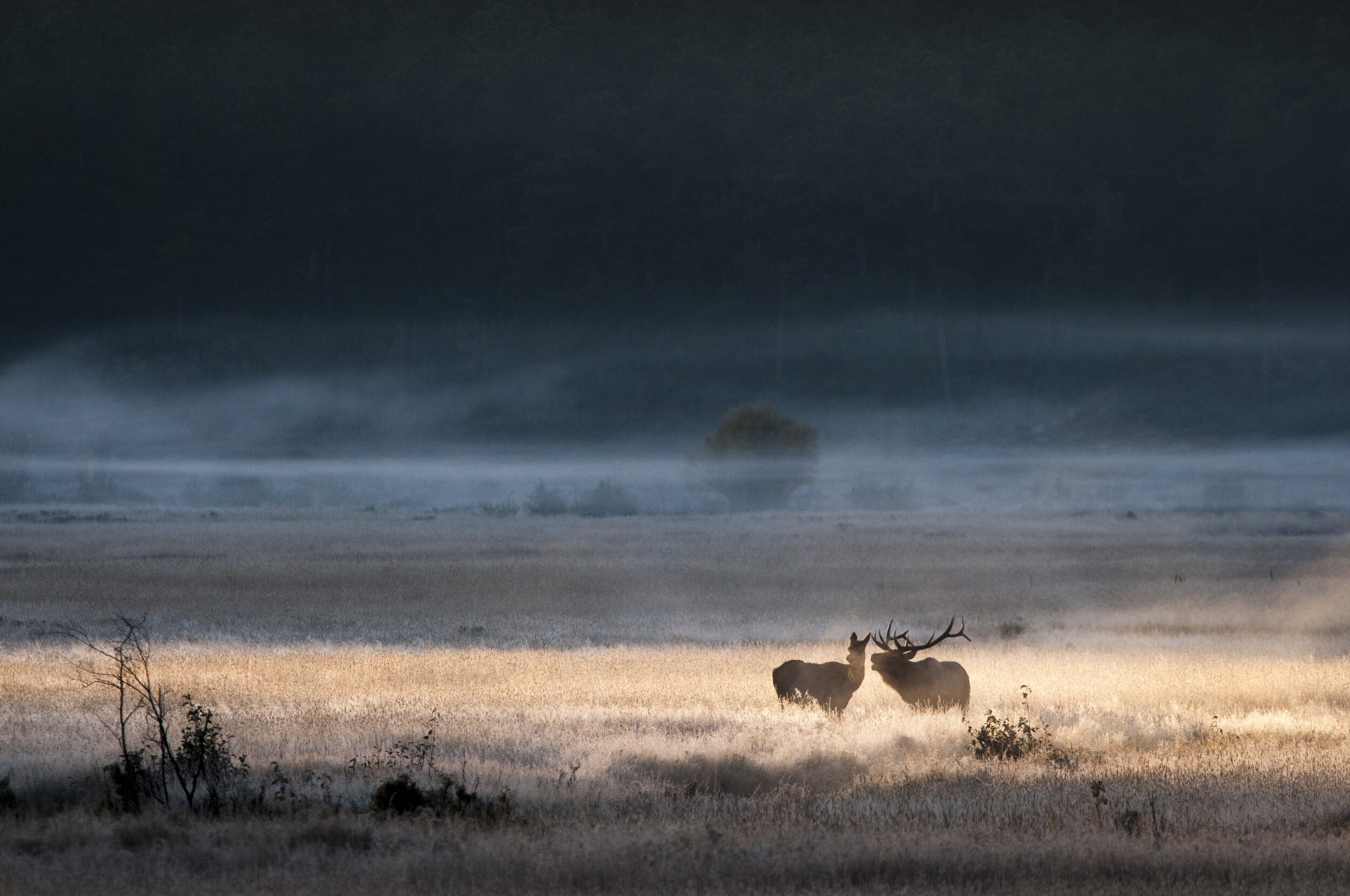
American Lands Project will work to ensure that more places with exceptional ecological, cultural, or historical value benefit from having decision-makers visit the land and meet the people who will be impacted by their actions. Here are some of the areas we are currently working to help conserve.
America’s Arctic
Above the Arctic Circle in Alaska, the spectacular mountains of the 700-mile long Brooks Range are traversed by a single road that crosses into coastal plains along the Arctic Ocean. Polar Bears, caribou, Beluga whales, and birds from all over the world live in America’s Arctic. But the Alaskan Arctic is unfortunately ground zero for impacts from the climate crisis. July 2019 was the hottest month in Alaska’s recorded history, and Arctic temperatures are warming twice as fast as the global average. Melting permafrost and erosion are forcing some villages to relocate, and subsistence resources are increasingly unreliable. Offshore, the melting sea ice makes it harder for the regions iconic polar bears to travel and hunt for food. Alaska needs to be part of the climate solution not only to address these impacts, but also because an estimated 62% of the carbon stored on all federal lands is in Alaska. Thawing permafrost across the entire Arctic will release large amounts of carbon and methane, which could cost the global economy nearly $70 trillion. How our country decides to manage lands in the Arctic will have a significant impact on how we meet climate goals. Photo by Florian Shulz
Tongass National Forest
Our nation’s largest National Forest is in Southeast Alaska. The 16.7 million-acre Tongass National Forest is part of the largest intact temperate rainforest on earth, with old growth trees bordering salmon streams that are fed from melting glaciers and alpine snowfields. Once known for its timber industry, the Tongass is now recognized as a world class tourism destination, and a forest that produces 25% of all the salmon harvested on the Pacific coast each year. Combined, the tourism and fishing industries generate over $2 billion for the Southeast Alaska economy each year, and they are responsible for 1 in 4 jobs in the region. However, the Tongass is still managed with a focus on timber, even though it requires over $20 million in taxpayer subsidies on an average year, and provides less than 1% of the region’s employment. Along with glaciers, bears, and whales, the intact forests of the Tongass are a central tourist attraction. If the forest were managed for climate benefits it could sequester more carbon than any other National Forest in the country, and it is critical habitat to the wild salmon that are economically and culturally important to the region. Photo Courtesy of Pack Creek Bear Tours
Owyhee Canyonlands
There are few remaining places in the American West where you can view the night sky without any light pollution. In this remote corner of southeastern Oregon, you can also experience the farthest place in the country from a major highway. Despite this remoteness, the 5 million acres of the Owyhee Canyonlands are a recreational draw for hiking and camping in the red-rock canyons, viewing wildlife including golden eagles and the threatened Greater sage-grouse, and floating and fishing wild streams and rivers. This growing recreational economy complements ranching on public lands throughout the region, which is the largest undeveloped natural area currently unprotected in the Lower 48. The Owyhee Canyonlands is home to the indigenous Northern Paiute, Bannock and Shoshone tribes, and there are more than 500 known archaeological sites in the region. Now there is a proposal that would protect the Owyhee Canyonlands from mining, oil and gas development, and off-road vehicles that threaten cultural, ranching, and recreational interests. Photo by Tyson Fisher

“The nation behaves well if it treats the natural resources as assets which it must turn over to the next generation increased and not impaired in value. Conservation means development as much as it does protection.”
- Theodore Roosevelt



